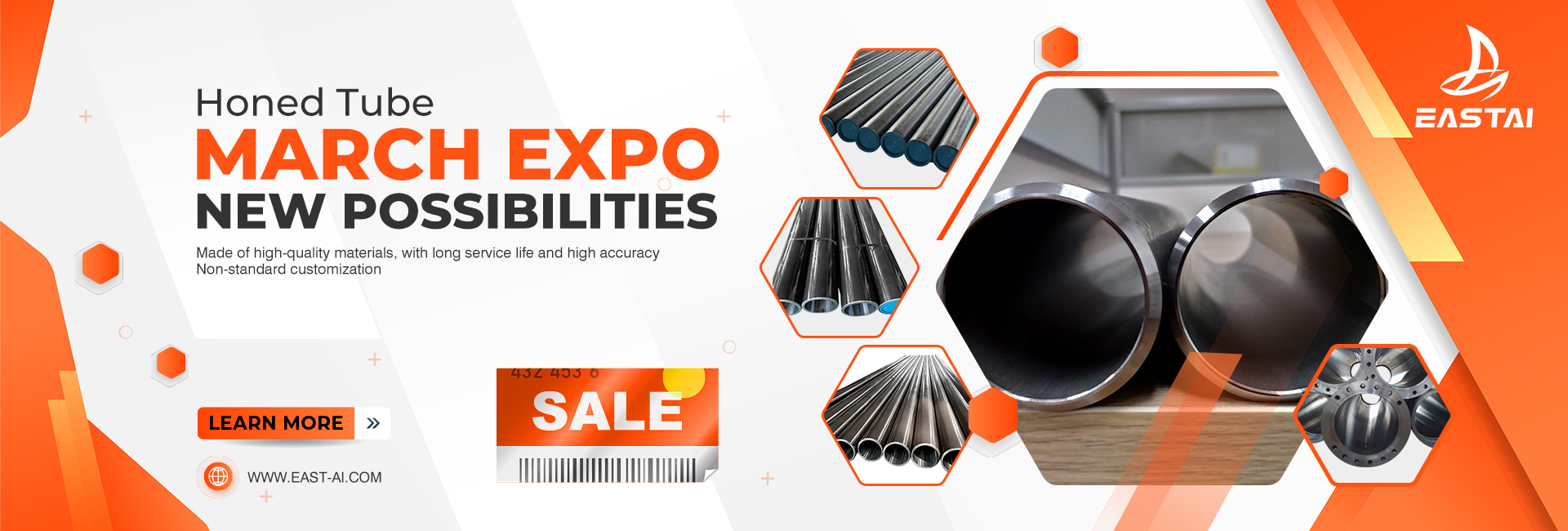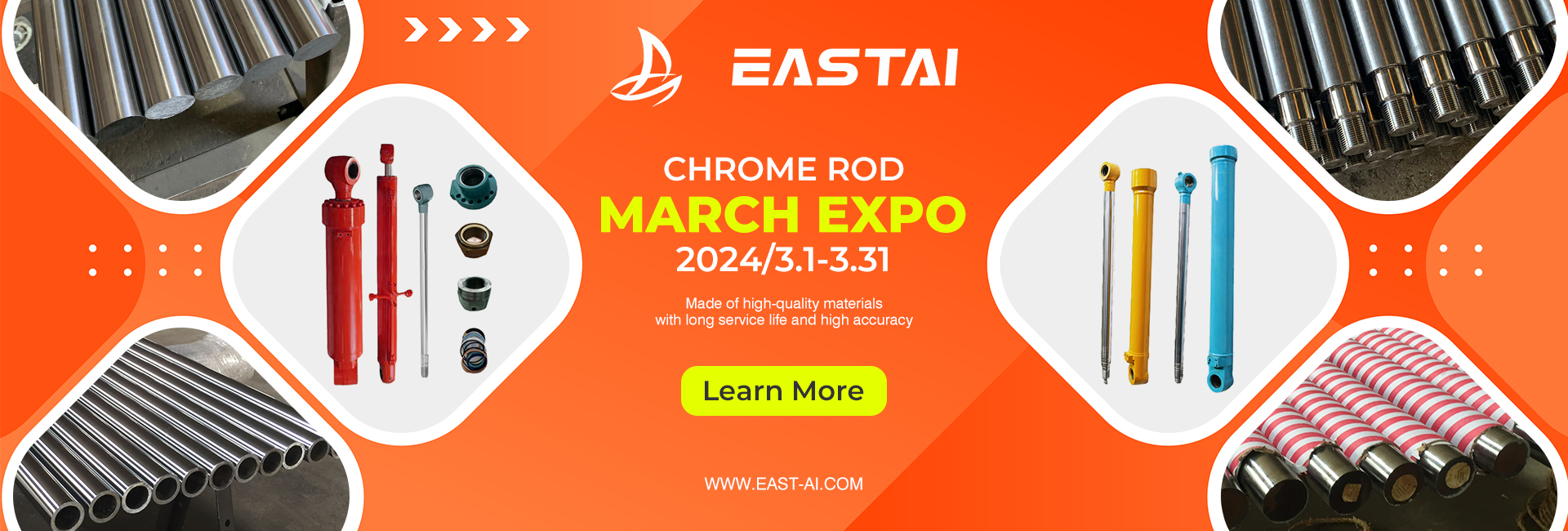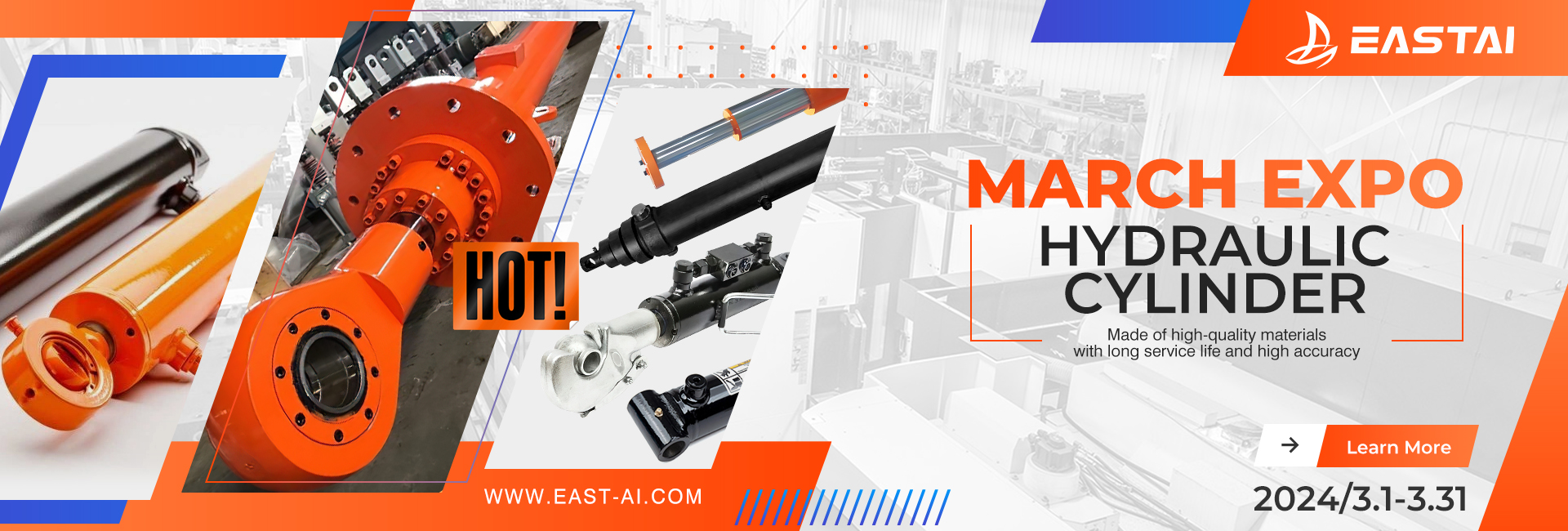When it comes to transporting fluids and gases efficiently and safely, seamless steel pipes have proven to be an invaluable solution. Their unique construction and properties make them ideal for a wide range of applications across various industries. In this article, we will delve into the world of seamless steel pipes, exploring what they are, their advantages, types, manufacturing process, applications, and challenges. So, let’s dive in and understand why seamless steel pipes are so highly regarded in the engineering world.
What is a Seamless Steel Pipe?
A seamless steel pipe, as the name suggests, is a pipe without any welded seams. It is made from a solid cylindrical piece of steel known as a billet, which is heated and then stretched over a series of mandrels to form the desired shape and size. The absence of welds in seamless pipes ensures a higher level of strength and reliability compared to welded pipes.
Advantages of Seamless Steel Pipes
Seamless steel pipes offer several advantages that make them preferred over other types of pipes:
1. Strength and Durability
The seamless manufacturing process imparts exceptional strength to these pipes, making them capable of withstanding high pressure and temperature conditions. This strength contributes to their longevity and ability to handle demanding applications.
2. Corrosion Resistance
Seamless steel pipes are resistant to corrosion, ensuring the transportation of corrosive fluids and gases without the risk of degradation. This property makes them ideal for applications where corrosion is a concern.
3. Uniformity and Consistency
Due to the absence of welded seams, seamless pipes exhibit uniformity and consistency in their structure. This quality ensures smooth fluid flow, minimizing turbulence and pressure loss during transportation.
Types of Seamless Steel Pipes
Seamless steel pipes come in various types to cater to specific needs and requirements. Some common types include:
1. Hot Finished Seamless Pipes
Hot finished seamless pipes are produced by heating the billet to a high temperature and then rolling it into the desired shape. These pipes have improved mechanical properties and are suitable for high-temperature applications.
2. Cold Finished Seamless Pipes
Cold finished seamless pipes are manufactured at room temperature by drawing the billet through a die to attain the desired dimensions. These pipes have a smooth surface finish and are widely used in general engineering applications.
3. Carbon Steel Seamless Pipes
Carbon steel seamless pipes are made from carbon steel, which exhibits excellent strength and durability. They are commonly used in industries such as oil and gas, construction, and automotive.
4. Alloy Steel Seamless Pipes
Alloy steel seamless pipes are made from a combination of various metals to enhance specific properties. These pipes find applications in industries requiring high resistance to corrosion and temperature fluctuations.
Manufacturing Process
The manufacturing process of seamless steel pipes is a crucial factor in determining their quality and performance. There are two primary methods used in the production:
1. Mandrel Mill Process
In the mandrel mill process, a solid round steel billet is heated and then pierced at the center to create a hollow shell. The hollow shell is then rolled over a mandrel to achieve the desired pipe dimensions.
2. Mannesmann Plug Mill Process
The Mannesmann plug mill process involves a heated steel billet being pierced by a plug to form a hollow shell. The hollow shell is then elongated and shaped into a seamless pipe through rolling.
Applications of Seamless Steel Pipes
Seamless steel pipes find wide-ranging applications in various industries, thanks to their unique properties:
1. Oil and Gas Industry
The oil and gas industry heavily relies on seamless steel pipes for the transportation of crude oil and natural gas over long distances. Their strength and resistance to corrosion make them ideal for this purpose.
2. Construction Industry
In the construction industry, seamless steel pipes are used for structural purposes, such as in the construction of buildings, bridges, and infrastructure. Their durability and uniformity ensure stability and safety in construction projects.
3. Automotive Industry
In the automotive sector, seamless steel pipes are utilized for the manufacturing of high-strength components and exhaust systems. Their ability to withstand extreme conditions makes them essential for the automotive industry.
Challenges and Limitations
Although seamless steel pipes offer numerous advantages, they also face some challenges and limitations:
1. High Cost
The manufacturing process of seamless steel pipes involves complex machinery and precise controls, leading to higher production costs compared to welded pipes.
2. Complex Manufacturing Process
The production of seamless steel pipes requires advanced technology and skilled labor, making it a more complex and time-consuming process than other pipe manufacturing methods.
3. Limited Sizes and Shapes
Seamless steel pipes are limited in size and shape due to the nature of the manufacturing process. This limitation can be a drawback in applications that require specific dimensions.
Maintenance and Inspection
To ensure the longevity and performance of seamless steel pipes, regular maintenance and inspection are essential:
1. Regular Inspections
Routine inspections should be conducted to identify any signs of corrosion, wear, or damage. Timely detection allows for timely repairs or replacements.
2. Preventive Maintenance
Applying preventive maintenance measures can help extend the lifespan of seamless steel pipes and prevent unexpected failures.
Conclusion
Seamless steel pipes are a vital component in the modern industrial landscape, offering strength, durability, and corrosion resistance for critical applications. Their seamless construction ensures smooth fluid flow and reduces the risk of leaks. Whether in the oil and gas industry, construction sector, or automotive domain, these pipes play a pivotal role in enabling safe and efficient transportation. Despite the challenges, advancements in technology continue to improve their production and widen their scope of application.
Post time: Aug-02-2023




